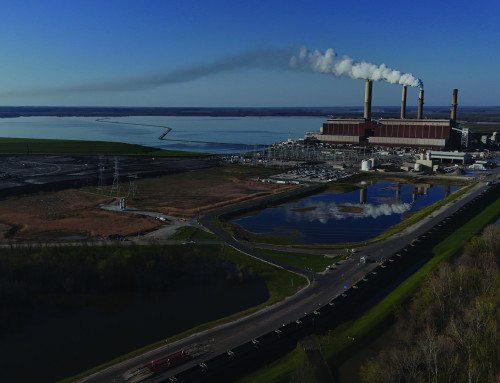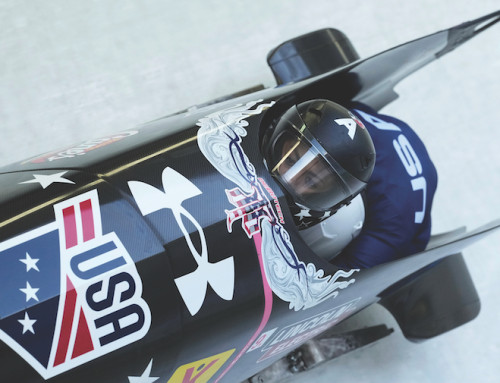A group of Ohio State University students was recognized recently for its efforts in developing a cryogenic refueling system, possibly for use in long-term space exploration.
The students were participants in the NASA Human Lander Challenge, an annual competition that invites college students to explore innovative solutions to support future astronaut missions to the moon and Mars, according to a university news release.
The Ohio State group’s autonomous magnetized cryo-couplers with active alignment control, or AMCC-AAC, was named best prototype of the competition among the dozen university teams.
“Our project is unique in the sense that we want to future-proof the system,” said Project Manager Max Heil, an undergraduate student in aerospace engineering. “If you’re going to colonize Mars, you’re going to need technology that is pretty universal.”
Scientists are seeking ways to improve the efficiency and reliability of the current systems, which only allow cryogenic liquids to be stored for short periods.
Researchers said long-term human spaceflight will require future systems to function effectively for weeks or even months.
Heil said the team’s prototype was designed to eliminate the need for constant human interaction when performing refueling missions in space, which is unlike other propellant transfer technologies and instead would rely on artificial intelligence to fully automate the process.
“AI is so adaptable, it can do just about anything,” he said. “The beauty of the system is there are different ways that we could utilize it, so that’s why we’re really excited about it.”
Using a combination of LIDAR distance measurements, cameras, onboard human landing system sensors and artificial-intelligence algorithms, the system would achieve autonomous coupling via robotic cooling rods, mitigating misalignment during cryogenic docking and reducing opportunities for potential propellant leakage, Heil explained.
The prototype was devised to benefit NASA’s Artemis Program, which is projected to return humans to the moon, as well as the agency’s planned lunar-orbit outpost which would function as a scientific hub and fuel stop for sustained deep space exploration.
In addition to liquid propellant storage and transfer, the focus in this year’s competition at NASA’s Marshall Space Flight Center in Huntsville, Ala., was devices vital to spacecraft propulsion and human life support systems, the release detailed.
After the event, participants were able to connect with scientists working on NASA’s Human Landing System capabilities.
“This started as more of a small hobby for me, but Ohio State’s support for space technology and research has turned it into a real passion,” said team member Zafar Shaik, an undergraduate student in aerospace engineering. “I don’t know if I would have gotten this far without the university’s big push into space.”
“Ohio State has invested quite a bit into the space industry, and the rise in the amount of people that want to work in it is growing so rapidly,” Heil said. “So to imagine our project could be implemented on future mission systems is really rewarding for our whole team.”
The group was advised by Ohio State mechanical and aerospace engineering professor John Horack. Other engineering members of the team include Rahul Ravishankar, Will Rueter, Kevin Subin, Nishanth Kunchala, Anastasia Anikina, Ryan Endicott, Artur Leonel Machado Ulsenheimer, Shiv Amin and Tejdeep Somi Reddy.









